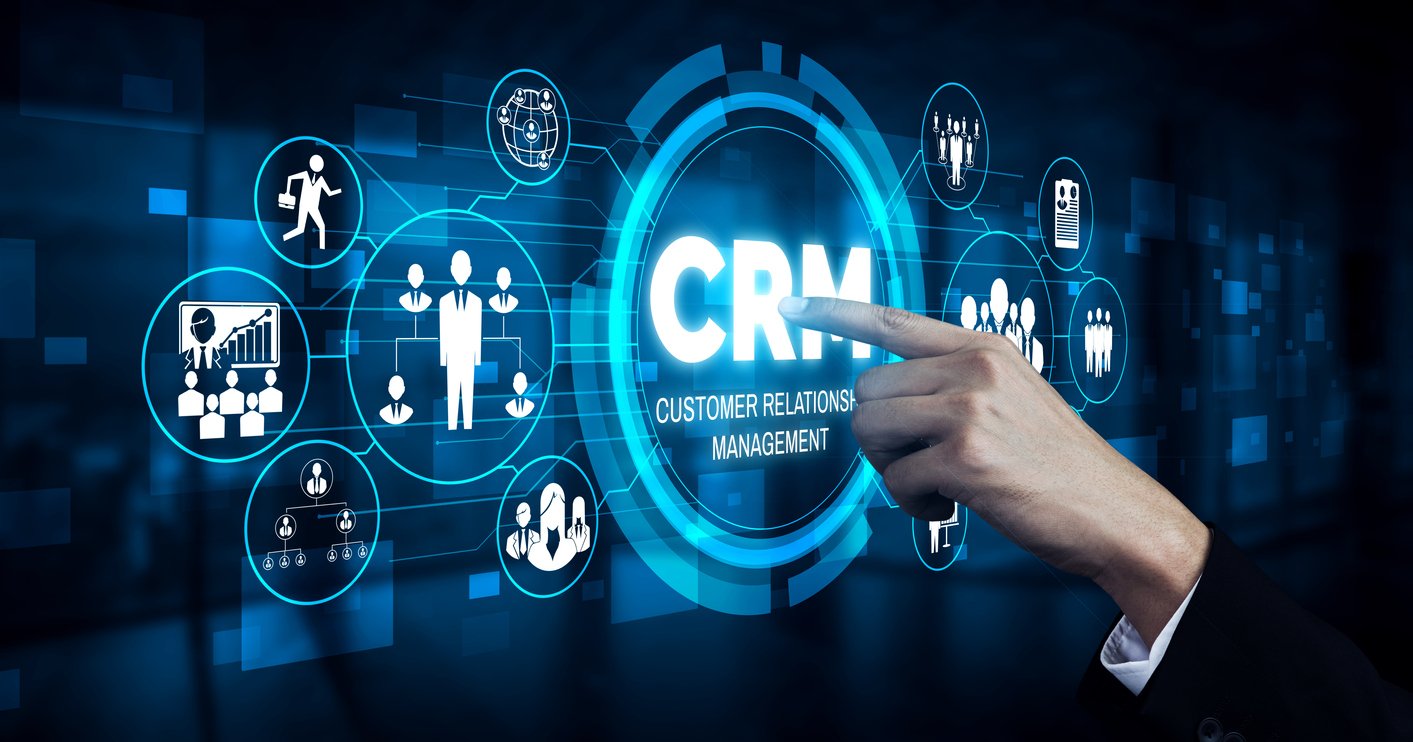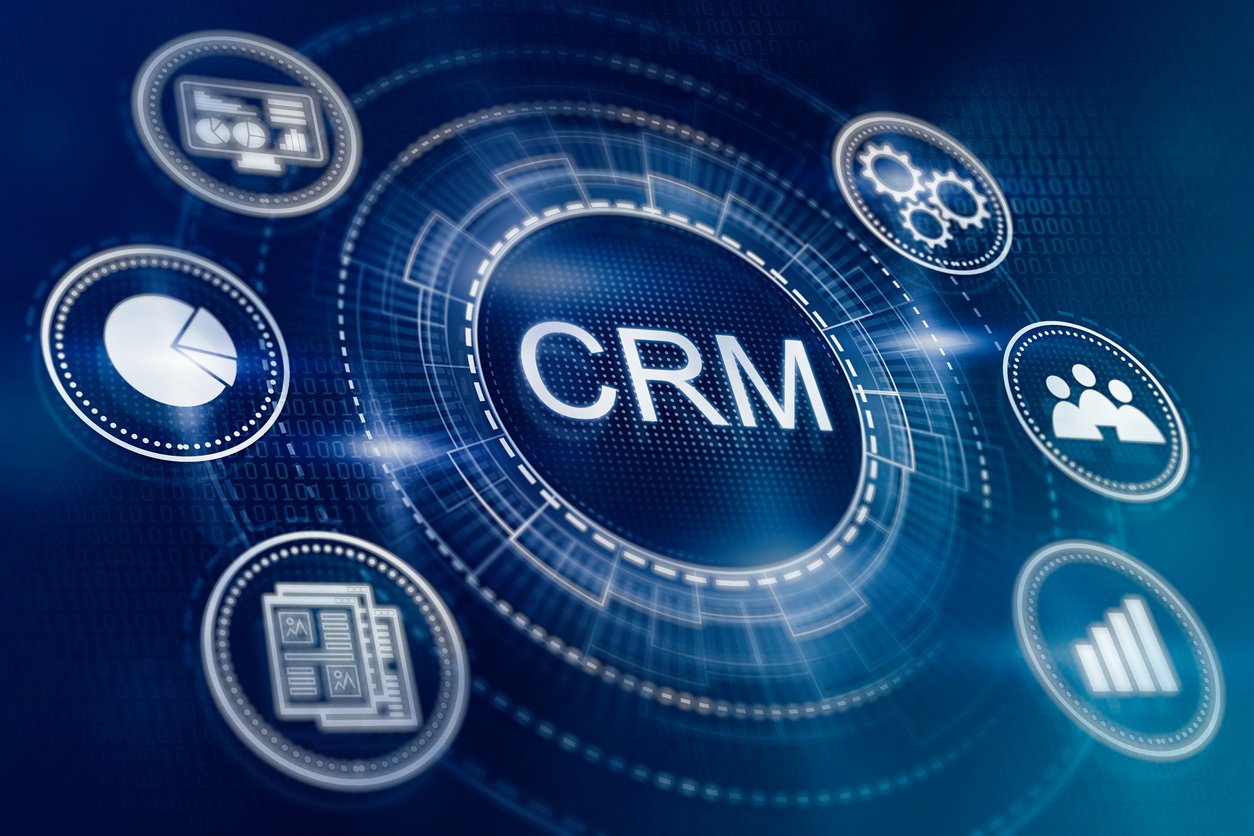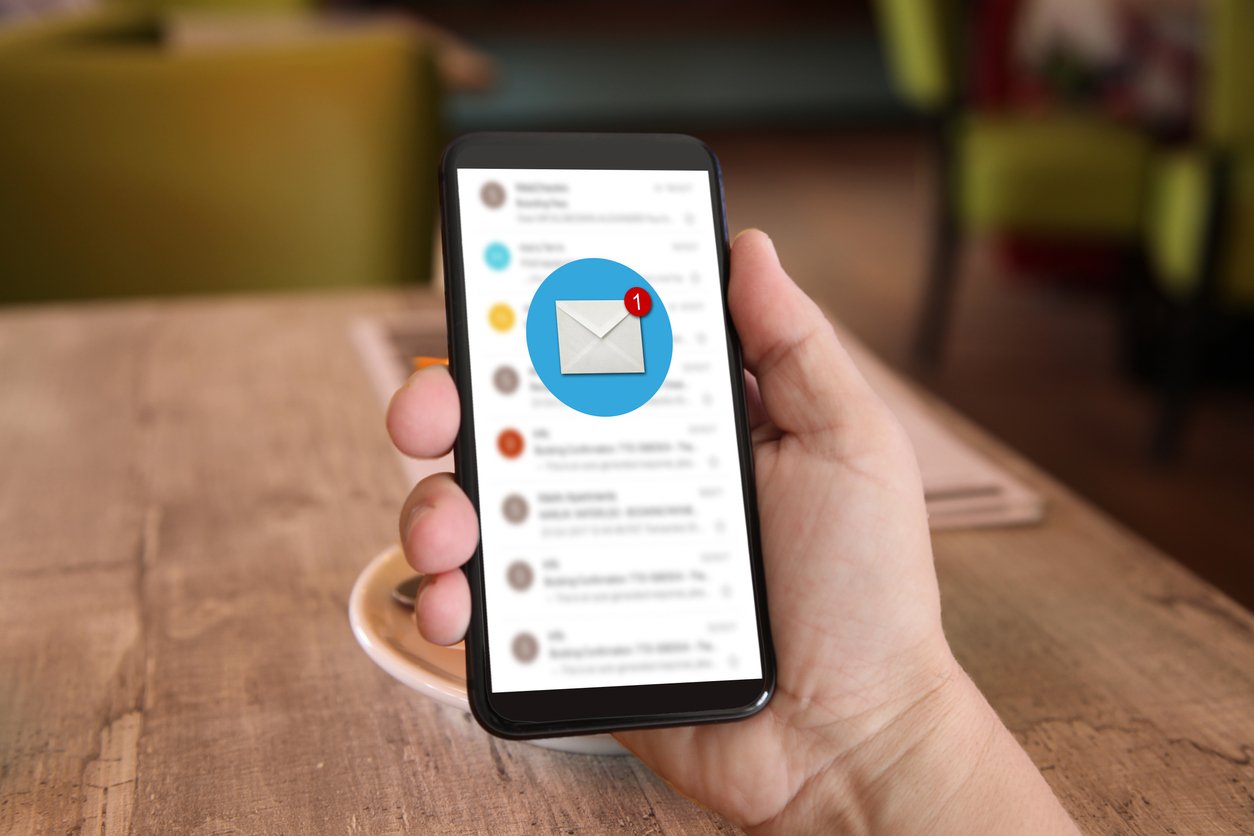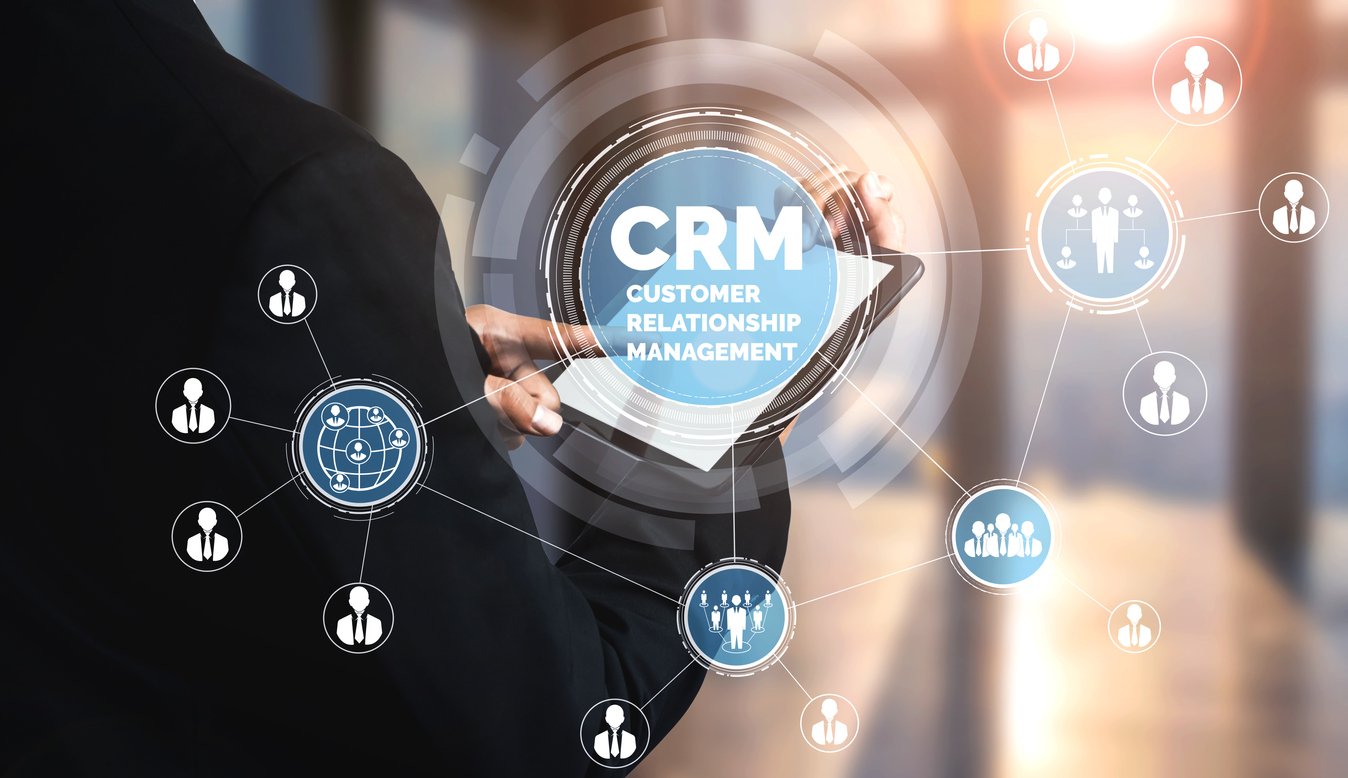
CRM Database Example: What It Is and How to Set It Up
 Updated on
Updated on
 By Bradley Kovacs
By Bradley Kovacs
Bradley Kovacs
Bradley has been passionate about technology since childhood, starting with Microsoft Flight Simulator at age six. In college, he automated his data e...
learn more
Bradley Kovacs
Bradley has been passionate about technology since childhood, starting with Microsoft Flight Simulator at age six. In college, he automated his data e...
Table of Contents
Table of Contents
In the dynamic landscape of modern business, where relationships are pivotal, and information is king, the concept of customer relationship management (CRM) has evolved into a cornerstone of success.
At the heart of every effective CRM strategy lies a robust database, an invaluable repository that fuels personalized interactions, insightful decision-making, and sustained growth.
This article unravels the intricacies of a CRM database and how to establish it for maximum impact.
Join us as we dive deep into real-world CRM database examples and equip you with the knowledge to establish a foundation for exceptional customer relationships and business prosperity.
What Is a CRM Database?

So the question on everyone's mind is, "Is CRM a database?"
Let's answer that question short and sweetly.
A CRM database stands for customer relationship management database and is a structured collection of customer-related information and interactions. It is the nucleus of a company's efforts to manage, analyze, and enhance customer relationships. This repository holds a wealth of data, including:
- Customer profiles
- Purchase behavior
- Engagement metrics
- VoIP communication history
This information enables businesses to tailor their interactions and strategies to individual customer needs. A CRM data base is not only helpful for personalized communication but becomes a single source of truth for organizations.
What Is the Difference Between a CRM and a Database?

At first glance, "CRM" and "database" might seem interchangeable, yet they encompass distinct purposes and functionalities within a business context. A database is a repository of diverse data that an organization gathers and utilizes for various purposes.
On the other hand, a CRM transforms this data into actionable insights by providing a visual interface that makes the information more understandable and strategically relevant.
Check out this table highlighting the primary differences between a database and CRM.
|
Database |
CRM |
|
Lists various types of data |
Offers a visual representation of data |
|
Stores raw information |
Provides insights for informed decisions |
|
Focuses on data management |
Emphasizes data utilization and strategy |
Now that you understand the contrast between these two, let's look at CRM database example setups so you can make the most of your customer relationships.
CRM Database Example Setup

Setting up a CRM database requires careful planning and consideration to ensure it aligns seamlessly with your business needs (that's why we're sharing these CRM database base examples with you.)
Let's look at the essential steps to establish effective CRM database systems:
Map Your Customer Journey
Understand how customers interact with your organization at each touchpoint, from initial contact to post-purchase engagement. These insights assist in structuring your CRM database to accommodate relevant client information.
Doing so allows you to efficiently manage customer data, personalize interactions, and foster stronger, more meaningful relationships. This proactive approach ensures you're equipped to meet customer needs, optimize communication, and drive long-term loyalty, ultimately leading to business growth and success.
Define Your Business and Sales Processes
Tailor your CRM system to align perfectly with your distinct business processes. This customization allows you to create a dynamic platform that efficiently organizes data and seamlessly integrates with and bolsters your operational workflow.
As a result, you'll experience a significant improvement in customer management, enabling you to provide more personalized services, streamline tasks, and optimize resource allocation.
This approach empowers your team to work cohesively, enhancing productivity and ensuring that every interaction with your customers is seamless and customized to their needs.
Create Custom Fields, Stages, and Pipelines
Personalize your CRM by adding custom fields that capture specific data points pertinent to your company. Set up stages and pipelines that align with your sales and customer interaction processes.
Establishing a clearly outlined sales pipeline is crucial to initiating and upholding an effective CRM system. Within this framework, a CRM facilitates the monitoring and visualization of the progress of each deal through its various stages.
Depending on the capabilities of your chosen CRM software, the option to craft multiple personalized pipelines might be available, catering to distinct products or customer segments.
Migrate Your Customer Information

Transfer existing customer data from various sources into your CRM database. As you do so, take the opportunity to clean and organize the data to ensure accuracy and consistency.
Here are a few CRM database example migration best practices to remember:
- Assess your scope and budget: Begin by defining the scope of your CRM data migration project and allocate a budget accordingly. Ensure you have a clear understanding of your objectives and resources.
- Legacy contact analysis: Thoroughly analyze your existing contact data in the legacy system, identifying any inconsistencies, duplicates, or outdated information that needs attention.
- Set a data cut-off date: Establish a specific cut-off date for the data and records that will be migrated to the new CRM system. This ensures that you're not migrating irrelevant or obsolete data.
- Prepare legacy data: Before migration, clean and format your legacy data to match the requirements of the new CRM system. This may involve data cleansing, normalization, and data mapping.
- Careful data import: Execute the data migration with precision, following best practices for data transfer to avoid data loss, corruption, or misalignment between the old and new systems.
- Post-migration data verification: After the migration is complete, verify the accuracy and completeness of the data in the new CRM. Identify and rectify any discrepancies or issues that may have arisen during the migration process.
This comprehensive approach ensures a successful CRM data migration, minimizing disruptions and maximizing the utility of your new system.
Integrate Your Tools and Automate Processes
Automating routine tasks and workflows boosts efficiency, allowing you to focus on meaningful interactions. Create a unified ecosystem by integrating your CRM with other essential tools such as:
- Analytics platforms
- Marketing tools
- Email services
Efficiency is amplified as routine tasks are automated, freeing you to dedicate more attention to valuable interactions.
Add Users and Set Permissions
A CRM database example section wouldn't be complete without focusing on adding users and setting permissions.
Collaborative environments thrive on proper user management. Adding team members to your CRM database system and defining user roles and permissions ensures that the right individuals access the relevant data.
This not only maintains the integrity of your data but also safeguards sensitive customer information.
CRM Database Example - Final Thoughts

By exploring the intricate world of CRM database examples, we've delved into the power of organized customer data. From mapping customer journeys to establishing customized fields, stages, and pipelines, we've witnessed how these thoughtful CRM database examples can take your company's operations to new heights.
And now, as you navigate the marketplace for advanced CRM solutions, allow us to introduce you to our product—Ringy
With features designed to streamline sales, enhance communications, and provide real-time insights, Ringy is more than just a CRM; it's a strategic asset. Experience the ease of managing customer relationships through a singular platform that integrates with all the tools you already use.
Request a demo to start your journey towards more innovative, meaningful customer engagements.
Your business growth starts here!

Skyrocket your sales with the CRM that does it all.
Calling? Check. SMS? Check. Automation and AI? Check. Effortlessly keep in touch with your customers and boost your revenue without limits.

Take your sales to new heights with Ringy.
Sales in a slump? Ringy gives you the tools and flexibility you need to capture leads, engage with them, and turn them into customers.
Subscribe to Our Blog
Enter your email to get the latest updates sent straight to your inbox!
Categories
Related Articles




































































































